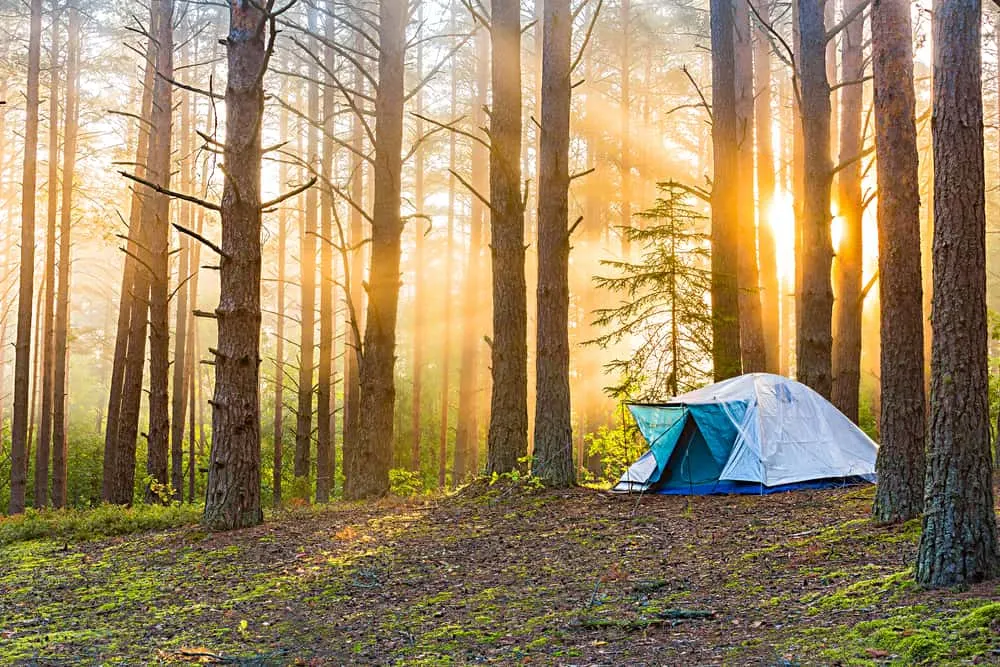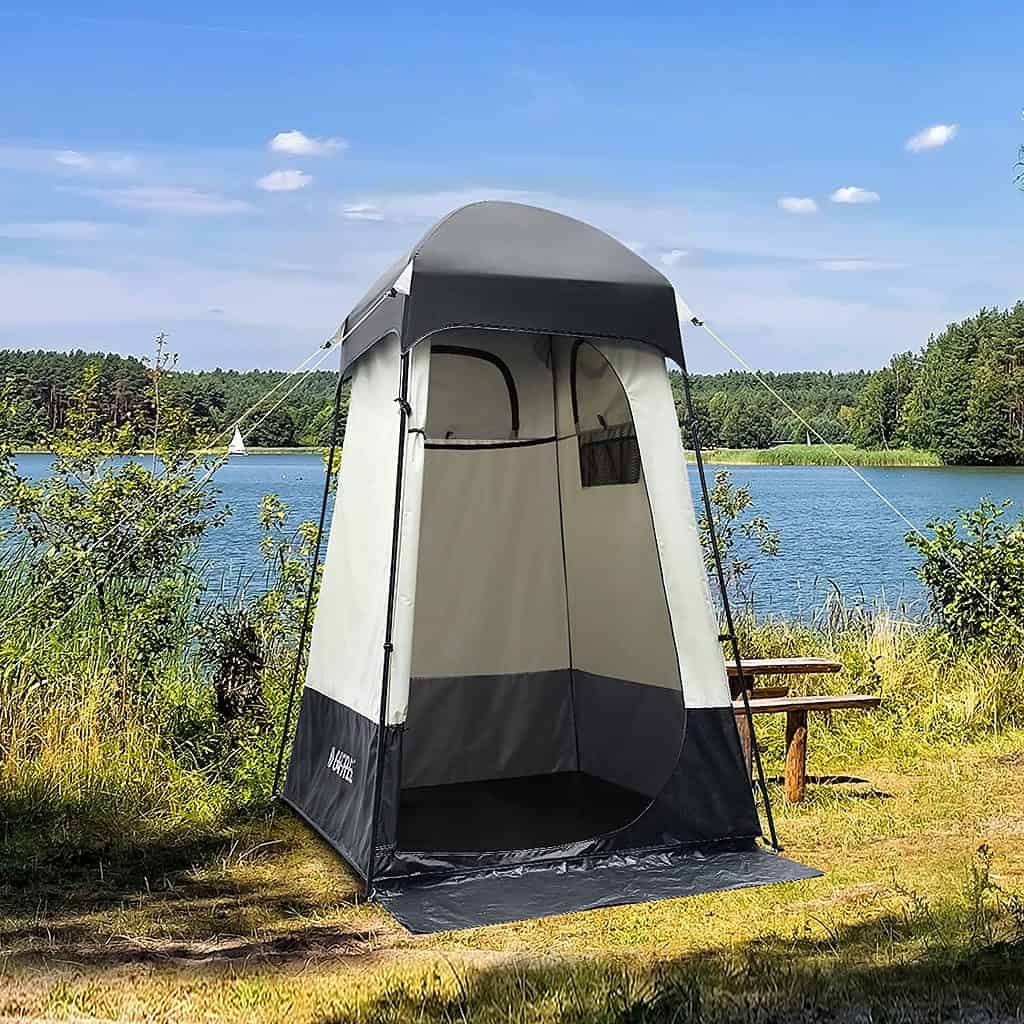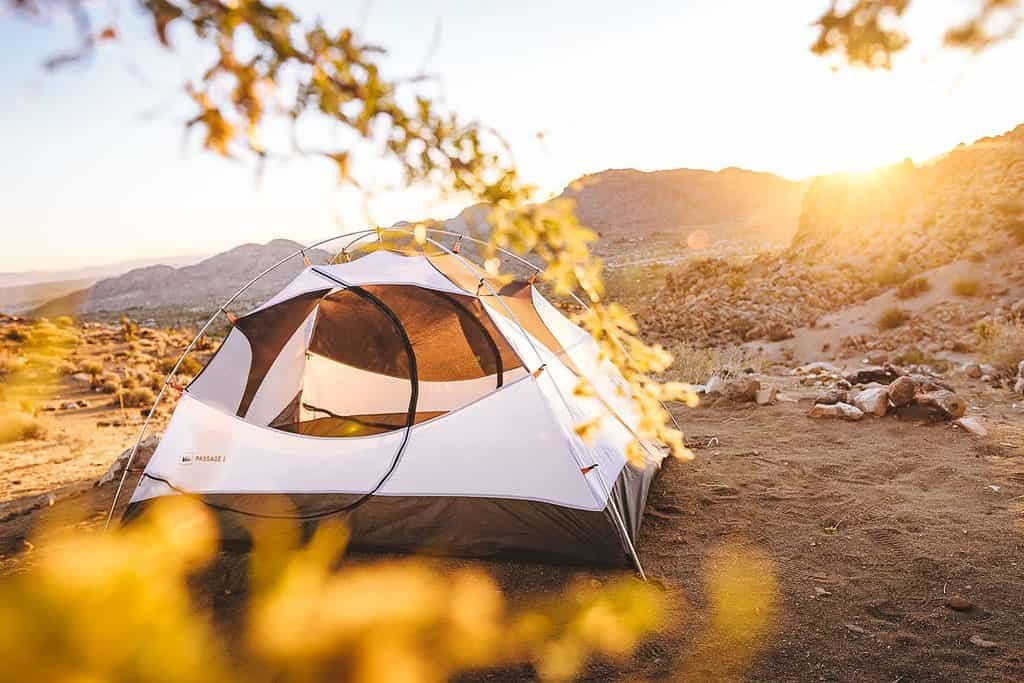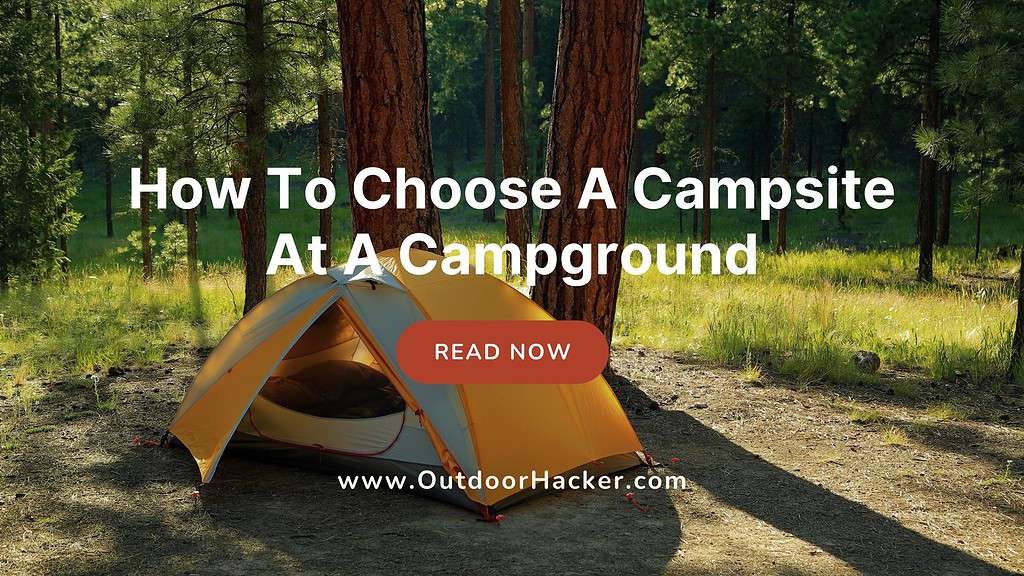Are You Planning a Camping Trip, But Unsure Where to Begin? Finding a suitable campsite may be one of the hardest decisions to make when it comes to spending weekends outdoors. So here is some help how to choose a campsite without wasting any of your precious time at a campground.
Finding the ideal campground can be daunting, but we have some helpful advice here that can make sure your camping experience will be one you’ll remember fondly for years.
Continue reading to gain more knowledge on selecting an unforgettable camping site!
Table Of Contents
Tips on How To Choose A Campsite At A Campground
1. Explore Camping Campsites Beforehand

Before learning the how to choose a campsite, it is essential that you determine which campground meets your criteria.
If camping with children, selecting a campground that provides amenities such as toilets, food and clean water is highly recommended. Furthermore, select one near playgrounds or recreational activities so as to keep children occupied throughout their trip.
Bringing pets with you when camping should be allowed by your campsite; sites near dog parks or open areas are particularly ideal.
If you prefer camping surrounded by nature and are traveling alone, national parks such as Yosemite may be ideal. Finding clean toilets, trash disposal stations and water supplies at these campgrounds requires more effort, so to avoid getting yourself into awkward situations you should make sure that you either visit in person or check online first before booking one of them.
Finding accommodations well in advance of peak season can save time and energy when searching for accommodations. When using campground reservation software, always read up on reviews prior to making a decision about reserving a campsite.
2. Pick the right terrain
By making reservations at a campground within a resort or popular recreational spot, you’ll have access to numerous amenities; in that instance, few worries remain unaddressed.
Even without reservations, camping at state parks or campgrounds offers you an option. In such places, camp sites operate on a first come, first served basis and you can secure yourself a campsite that way. There are some key considerations before selecting your campsite:
Before selecting your campsite, always select one with level ground. A level surface makes setting up your tent or parking your RV easier while remaining free from rocks and obstacles to ensure you enjoy an undisturbed night’s rest. This is one of the criteria on how to choose a campsite that helps have good night sleep.
Additionally, select a campsite far away from the campground’s trash disposal area in order to avoid unsanitary conditions and create an unforgettable camping experience. However, garbage must still be disposed of accordingly in these trash cans – or alternatively at least 200 feet from campsite, trails and water bodies.
Camping should be an enjoyable experience, but without taking proper precautions it could quickly turn catastrophic. Before setting up your tent in a wooded area, inspect nearby trees for signs of damage; aged and unhealthy trees are more prone to breaking under powerful storms.
Campsites that pose the threat of landslides should also be avoided, including sites under rock ledges and steep slopes. Canyons and ravines should also be avoided during stormy periods as this increases the likelihood of water collecting there, potentially creating unstable rock ledges or waterfalls.
To make your camping experience truly optimal, select an ideal site by considering environmental considerations. In summertime, look for shaded spots where you can set up or park your RV so as not to overheat; while for winter camping trips it would be wiser to locate an area with lots of sunrays so as to keep warm.
Campground reservation software makes finding and booking campsites much simpler; with hundreds of available campsites at your fingertips, you’re bound to find your ideal spot quickly and secure it quickly.
3. Consider water drainage
when selecting a campsite it’s essential to take into account water drainage. Look for higher ground; slope or hillside campsites typically offer better drainage than low-lying ones and will help keep standing water at bay during a storm. This will keep you drier during a rainstorm!

Finding a campsite with good drainage is also essential, as standing water attracts bugs that pose health threats and poses potential danger.
Next, give consideration to the soil. Look for campsites with well-draining surfaces like sandy or gravelly soil; these will prevent pooled water from pooling up in one area and help it drain off quickly.
Make sure your campsite is well away from any water bodies like streams or rivers; proximity can become hazardous during extreme weather events, like rain storms that cause flash flooding. Furthermore, ensure it doesn’t contain bowl-shaped depressions as these areas tend to collect rainwater that then collects into pools that then flood out during rainstorms and cause flash flooding.
For your campsite to have effective drainage, its layout must allow water to escape. Proper drainage implies no trapped moisture that collects in an area.
4. Consider privacy

To find a place that provides the necessary privacy, try looking at campsites further from the central hub. They typically tend to offer more seclusion.
Campgrounds offer an ideal way to escape noise produced by loud, unruly campers; vehicles and loud music may also become bothersome when seeking solitude.
Search for campsites surrounded by natural barriers like trees, bushes, or rocks; these will provide privacy while at the same time blocking noise from other campers.
Conclusion
Selecting the ideal campsite at a campground can be challenging. Many factors should be taken into account, including location, amenities, privacy concerns and safety precautions. Plus deciding between camping solo or with family can limit options considerably.
However, as long as you follow our comprehensive guide on how to select a campsite at a campground, any issues should arise. With it in hand, narrow your search down to areas which will ensure an unforgettable outdoor adventure experience!








